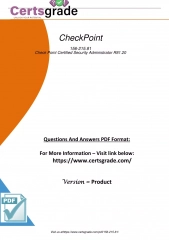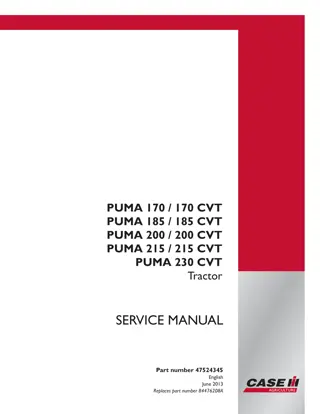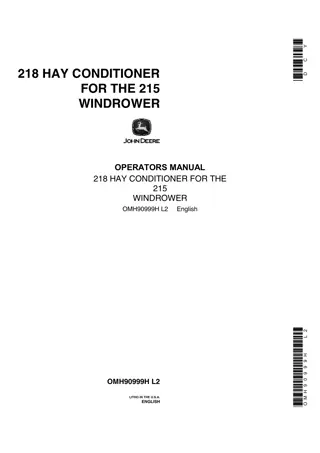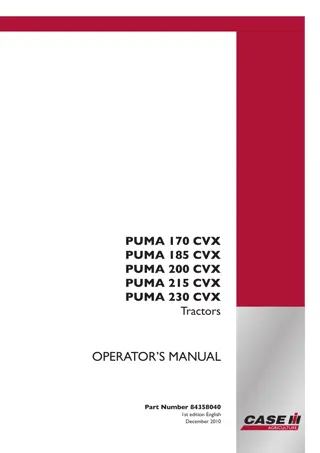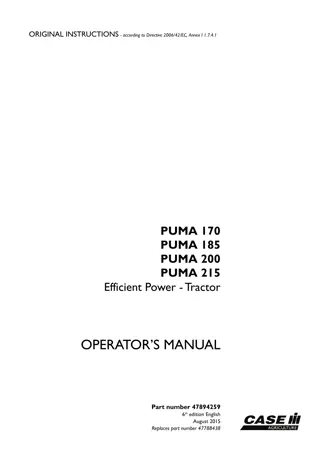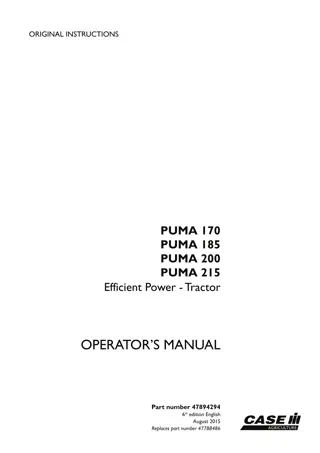
Introduction to NLP Part of Speech Tagging Examples
"Explore NLP Part of Speech Tagging, Penn Treebank Tagset, Universal POS, and Features. Learn about Parts of Speech and Ambiguity in Language Processing with practical examples and visuals."
Download Presentation

Please find below an Image/Link to download the presentation.
The content on the website is provided AS IS for your information and personal use only. It may not be sold, licensed, or shared on other websites without obtaining consent from the author. If you encounter any issues during the download, it is possible that the publisher has removed the file from their server.
You are allowed to download the files provided on this website for personal or commercial use, subject to the condition that they are used lawfully. All files are the property of their respective owners.
The content on the website is provided AS IS for your information and personal use only. It may not be sold, licensed, or shared on other websites without obtaining consent from the author.
E N D
Presentation Transcript
Introduction to NLP Part of Speech Tagging
The POS task Example Bahrainis vote in second round of parliamentary election Jabberwocky (by Lewis Carroll, 1872) `Twas brillig, and the slithy toves Did gyre and gimble in the wabe: All mimsy were the borogoves, And the mome raths outgrabe.
Parts of speech Open class: nouns, non-modal verbs, adjectives, adverbs Closed class: prepositions, modal verbs, conjunctions, particles, determiners, pronouns
Penn Treebank tagset (1/2) Tag CC CD DT EX FW IN JJ JJR JJS LS MD NN NNS NNP NNPS proper noun, plural PDT predeterminer POS possessive ending Description coordinating conjunction cardinal number determiner existential there foreign word preposition/subordinating conjunction adjective adjective, comparative adjective, superlative list marker modal noun, singular or mass noun plural proper noun, singular Example and 1 the there is d oeuvre in, of, like green greener greenest 1) could, will table tables John Vikings both the boys friend's
Penn Treebank tagset (2/2) Tag PRP PRP$ possessive pronoun RB adverb RBR adverb, comparative RBS adverb, superlative RP particle TO to UH interjection VB verb, base form VBD verb, past tense VBG verb, gerund/present participle taking VBN verb, past participle VBP verb, sing. present, non-3d VBZ verb, 3rd person sing. present WDT wh-determiner WP wh-pronoun WP$ possessive wh-pronoun WRB wh-abverb Description personal pronoun Example I, he, it my, his however, usually, naturally, here, good better best give up to go, to him uhhuhhuhh take took taken take takes which who, what whose where, when
Universal POS http://universaldependencies.org/u/pos/
Universal Features http://universaldependencies.org/u/feat/
Some Observations Ambiguity count (noun) vs. count (verb) 11% of all types but 40% of all tokens in the Brown corpus are ambiguous. Examples like can be tagged as ADP VERB ADJ ADV NOUN present can be tagged as ADJ NOUN VERB ADV
POS Ambiguity Example from J&M
Some Observations More examples: transport, object, discount, address content French pronunciation: est, pr sident, fils Three main techniques: rule-based machine learning (e.g., conditional random fields, maximum entropy Markov models, neural networks) transformation-based Useful for parsing, translation, text to speech, word sense disambiguation, etc.
Example Bethlehem/NNP Steel/NNP Corp./NNP ,/, hammered/VBN by/IN higher/JJR costs/NNS Bethlehem/NNP Steel/NNP Corp./NNP ,/, hammered/VBN by/IN higher/JJR costs/VBZ
Classifier-based POS Tagging A baseline method would be to use a classifier to map each individual word into a likely POS tag Why is this method unlikely to work well?
Sources of Information Bethlehem/NNP Steel/NNP Corp./NNP ,/, hammered/VBN by/IN higher/JJR costs/NNS Bethlehem/NNP Steel/NNP Corp./NNP ,/, hammered/VBN by/IN higher/JJR costs/VBZ Knowledge about individual words lexical information spelling (-or) capitalization (IBM) Knowledge about neighboring words
Evaluation Baseline tag each word with its most likely tag tag each OOV word as a noun. around 90% Current accuracy around 97% for English compared to 98% human performance
Rule-based POS tagging Use dictionary or finite-state transducers to find all possible parts of speech Use disambiguation rules e.g., ART+V Hundreds of constraints need to be designed manually

